Does Weekly Sampling Really Cause Losses in Shrimp Farms?
The importance of sampling
Through weekly sampling, farmers can:
1. Estimate shrimp size: sampling is also useful for estimating shrimp size and growth rate. Size is a system for counting shrimp based on the number of shrimp per kilogram.
2. Understand shrimp conditions: sampling helps detect any signs of disease or stress in shrimp. By identifying these issues through sampling, farmers can take early mitigation.
Why do shrimp get diseases or die after sampling?
Considering the numerous benefits of sampling, it is recommended that farmers do it regularly, ideally once a week. However, if shrimp gets diseases or even die after sampling, farmers should evaluate several factors, such as:
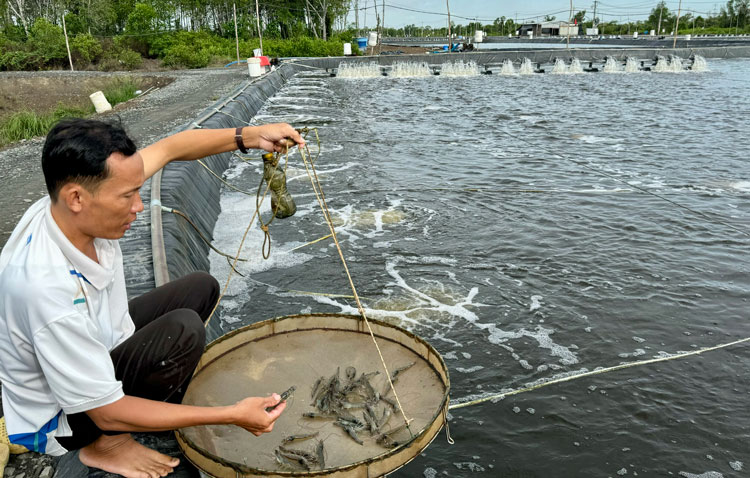
1. Dirty pond bottom:
A dirty pond bottom can become a breeding ground for pathogenic bacteria that cause shrimp disease. Therefore, ensure that the pond bottom at the sampling point is level and clean. Avoid excessive stirring on the pond bottom during sampling.
2. Non-sterile nets:
Non-sterile nets can serve as a medium for disease transmission to shrimp. Always sterilize nets prior to using them for sampling with disinfectants to kill any potential pathogens. Moreover, if the same net is used for multiple ponds, sterilize it before moving to the next pond.
3. Insufficient biosecurity measures:
Most of the losses experienced by farmers can be attributed to poor biosecurity measures. Biosecurity involves preventing the entry and spread of disease-causing organisms in the shrimp farm environment, and it should be applied to all phases of cultivation, including sampling. Some biosecurity measures include siphoning the bottom of the pond, regular water quality monitoring, and ensuring the cleanliness of the farmers or staff performing sampling. Also, when sampling in a pond which is suspected to have any shrimp disease, sample the pond last, after all other ponds have been sampled. Don’t forget to sterilize the net when switching ponds.
Other important notes for sampling
When conducting sampling, ensure that the shrimp are not in the molting phase for more accurate results. Also, sampling is best performed when it is not too sunny, ideally 2-3 hours after feeding to make shrimp collection easier. Additionally, do not change the water or feed the shrimp before and during sampling.
Cre: jala.tech
Aqua Mina's distributor in Japan: REX INDUSTRIES CO., LTD
- Address: 1-9-3 Hishiya-Higashi, Higashi-Osaka 578-0948 JAPAN
- Email: kimakubo@rexind.co.jp
- Phone: +81-(0)72-961-9893
- Website: http://www.rexind.co.jp/e/
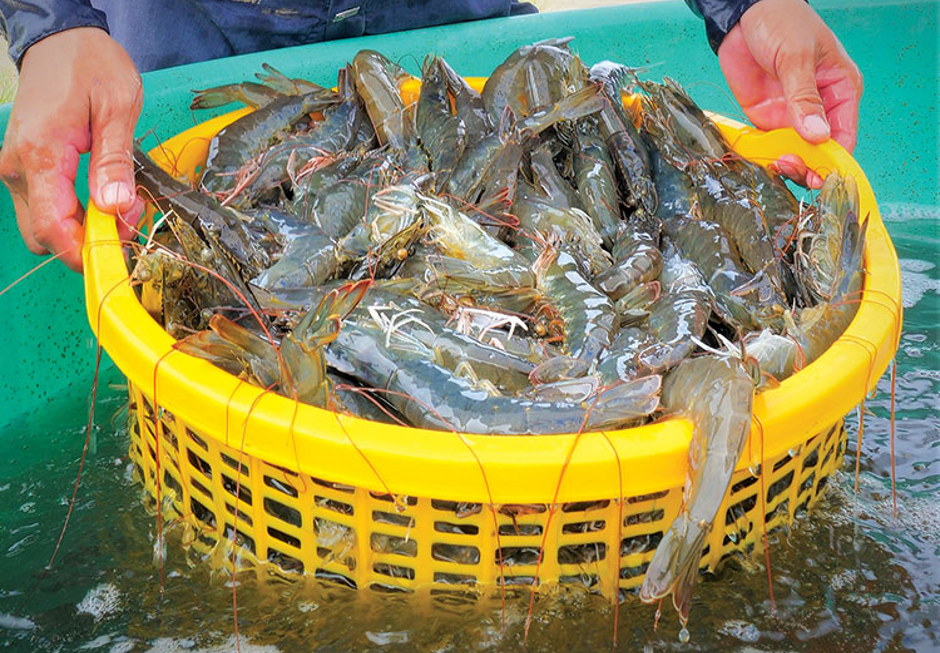
WE WORK FOR YOUR SUCCESS!
Ngày đăng : 31/03/2025
1947 View
Other Articles
Portuguese food group acquires 18% stake in cod farming company Norcod
Indonesia implements radioactive-free shrimp certification for exports to the United States
India is world’s second-largest shrimp producer. That is now under threat
Ca Mau’s shrimp industry moves towards “green” growth
Floods devastate aquaculture, processing operations in Vietnam
Ecuador Leads Global Shrimp Exports, Surpassing USD 7 Billion in 2025
India's marine product exports rise 16% as new markets offset US dip
Skretting presents the first shrimp feed with insect meal in Vietnam
Sharing: EU increases shrimp imports in the first 9 months of the year
Gideon De Oro opens high tech Cebu shrimp plant, to revive exports
White-leg shrimp facing WSSV: When density and environment fluctuate together








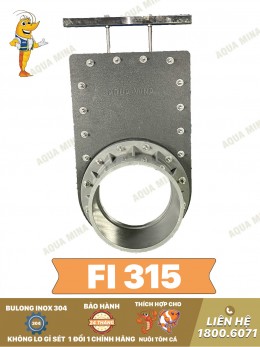
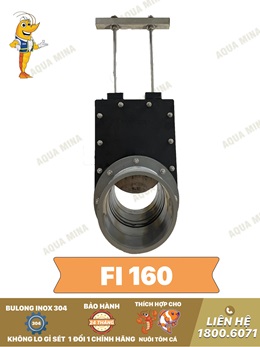
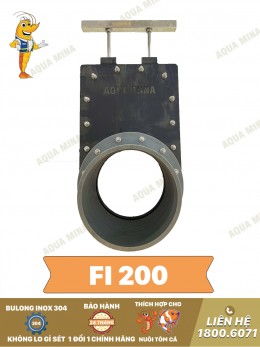
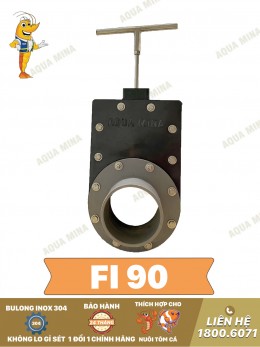
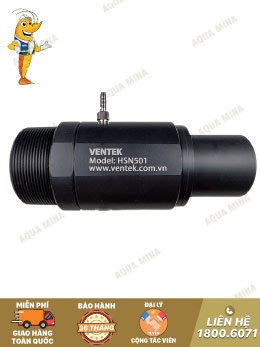
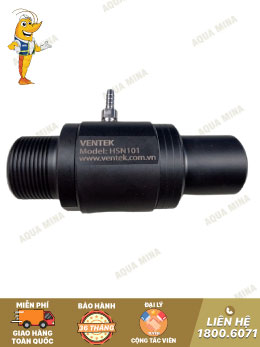
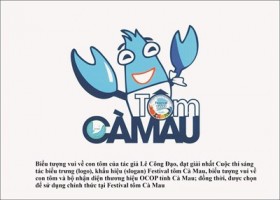
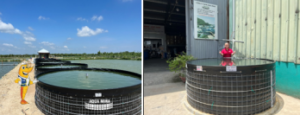
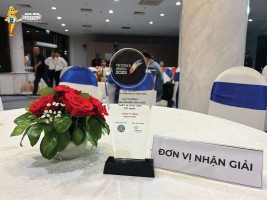
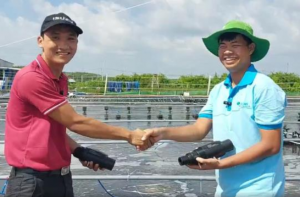
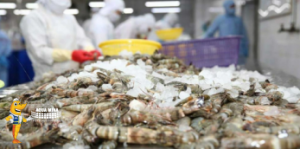
.jpg)